Radian /1 Music Reproduction System
This is a totally new proposal : please take a look at what we created!
Imagine for a moment to have available an audio system in which all components and all synergies have been studied on the base of long research experiences, tests, sensibility refinement. This system recreates the emotion and the atmosphere of live music at home, serving a mature music listener.
We called it Radian and it's a minimalist system with great refinement and expressivity. In a little space you can obtain a striking musical atmosphere. Optimized system composed by separate elements.
Suitable for medium and small rooms.
Who considered this one as secondary system for the studio or the bedroom had to realize that the 'main' system remained off. Every component have a pure musical talent. Any music enthusiast can discover again his collection and the music research is opened to new adventures. This reproduction system is looking for a refined, mature and demanding listener and music enthusiast. To better your way of listening for the long period. System tested in-depth in many conditions.
when:
- ALL the components of a reproduction system are DEEPLY SPECIAL AND RIGHT
- The matching base rules are observed: timbre sinergy, ideal driving of speakers from the amplifier
then:
The final result will be TERRIBLY GOOD.
- Cyrus Audio CD t - a cd reading mechanism that, simply, reads more data, does not sound "digital", and make available a perfectly coherent and complete picture (in defiance of the ones that even now thinks that all the cd reading mechanism sound the same).
- Metrum Amethyst - The wonderful new DAC without any digital contaminant, with resolution, natural sound.
- Euphya Alliance 280 - an integrated amplifier with an amazing and unbelievable musical talent!
- Spendor Classic SP3/1 - The precision of tone of a true 'english school' speaker; fascination and expressivity.
- Tellurium Q Black series cables. Just what the doctor ordered.
- Beresford Digital cable, cheap & simple, this sounds good.
- Acoustic Revive YSS-60HQ stands.
Please note: some changes can be done to suit the system to your specific needs and installation. Please check the speakers dimensions and the installation point. Please contact us for any other information and regarding the integration of the system in your room.
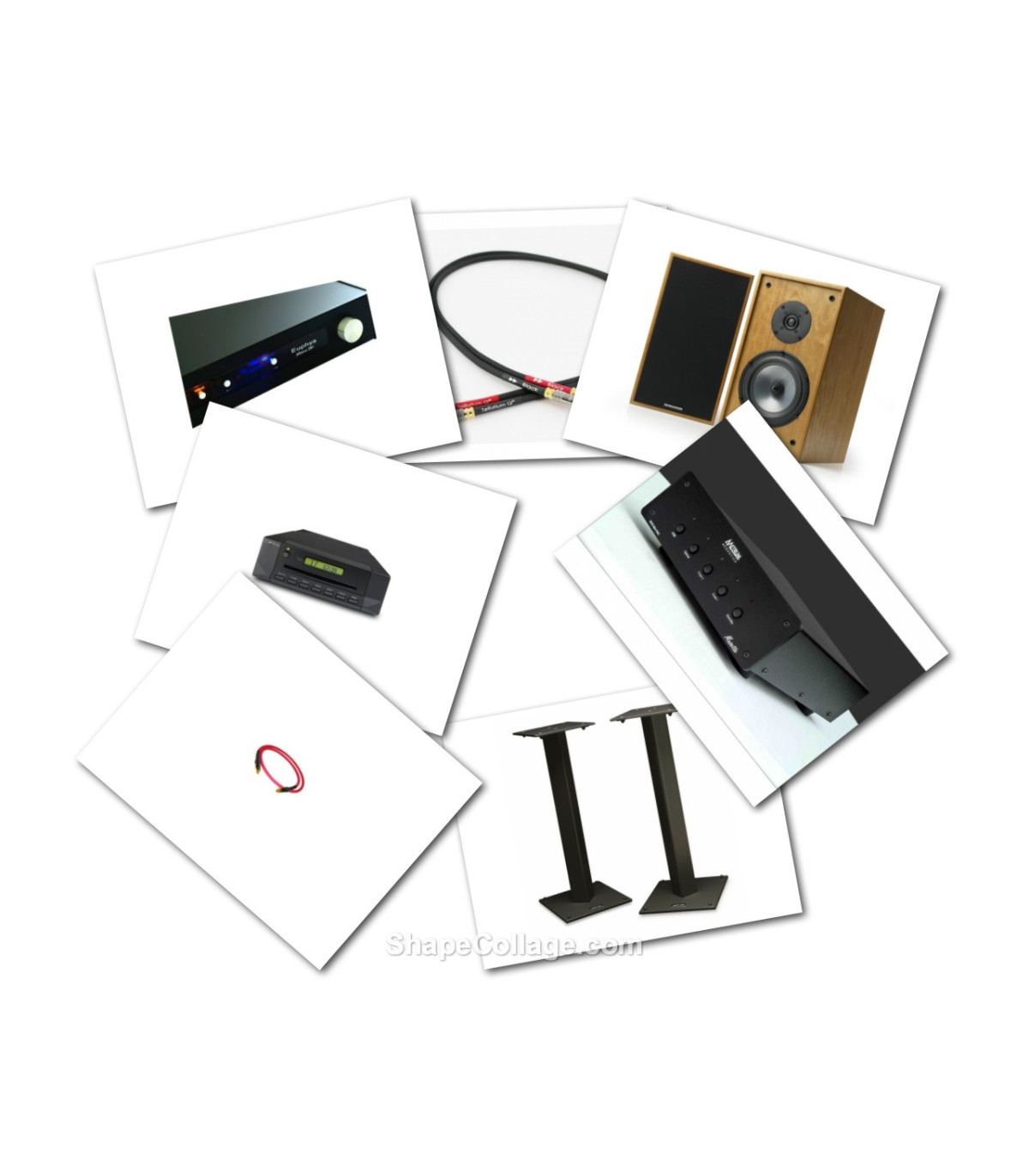





























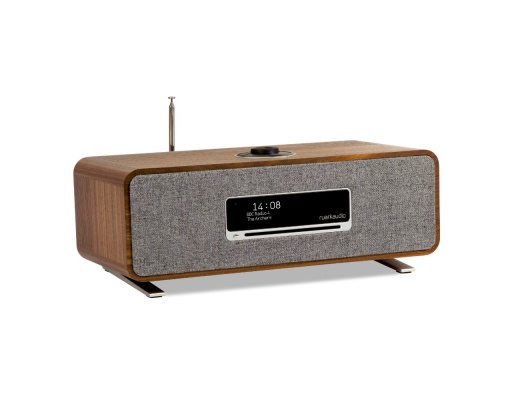

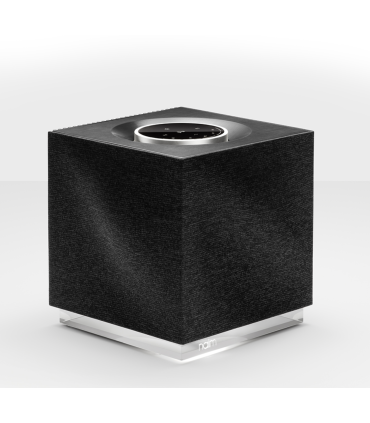
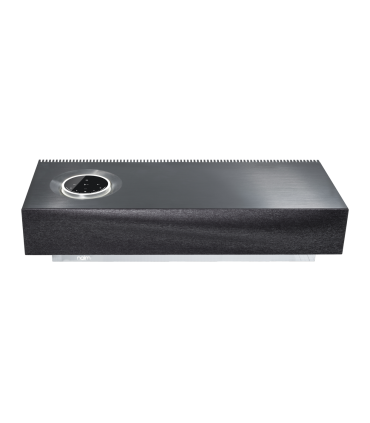

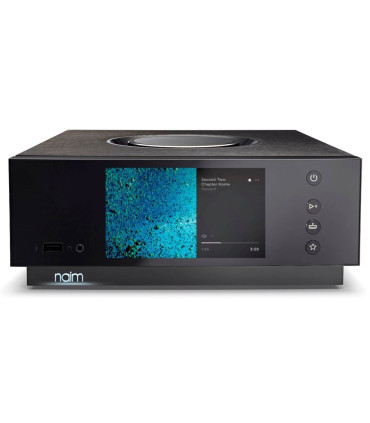
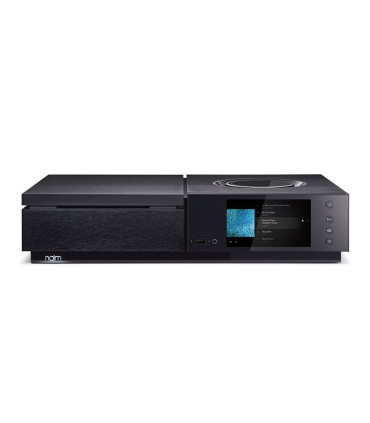
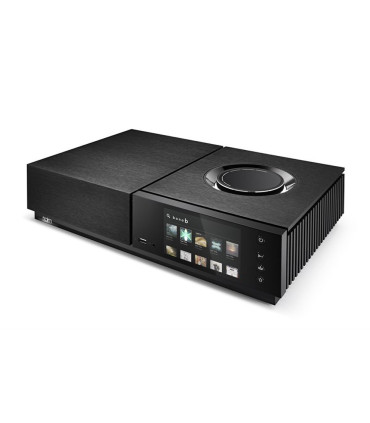


















Leave a review